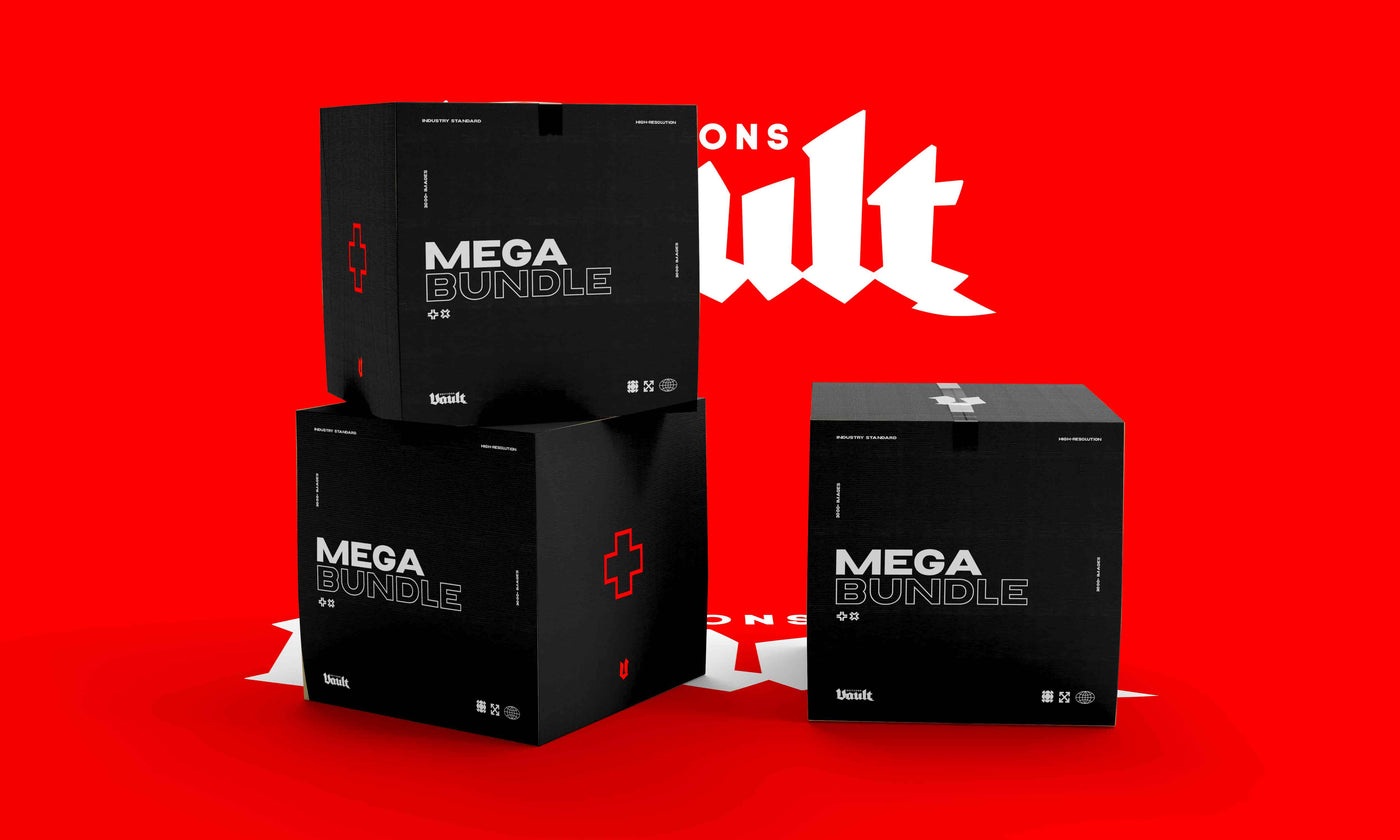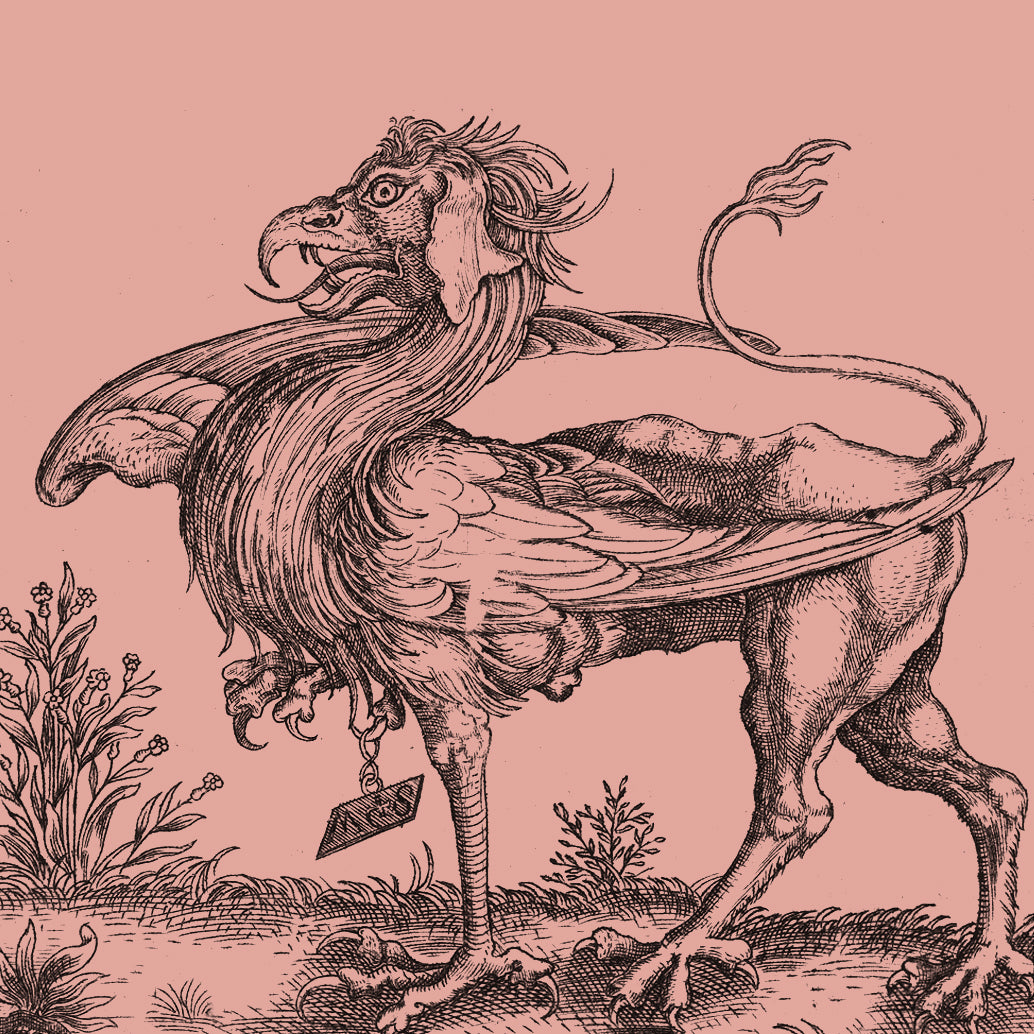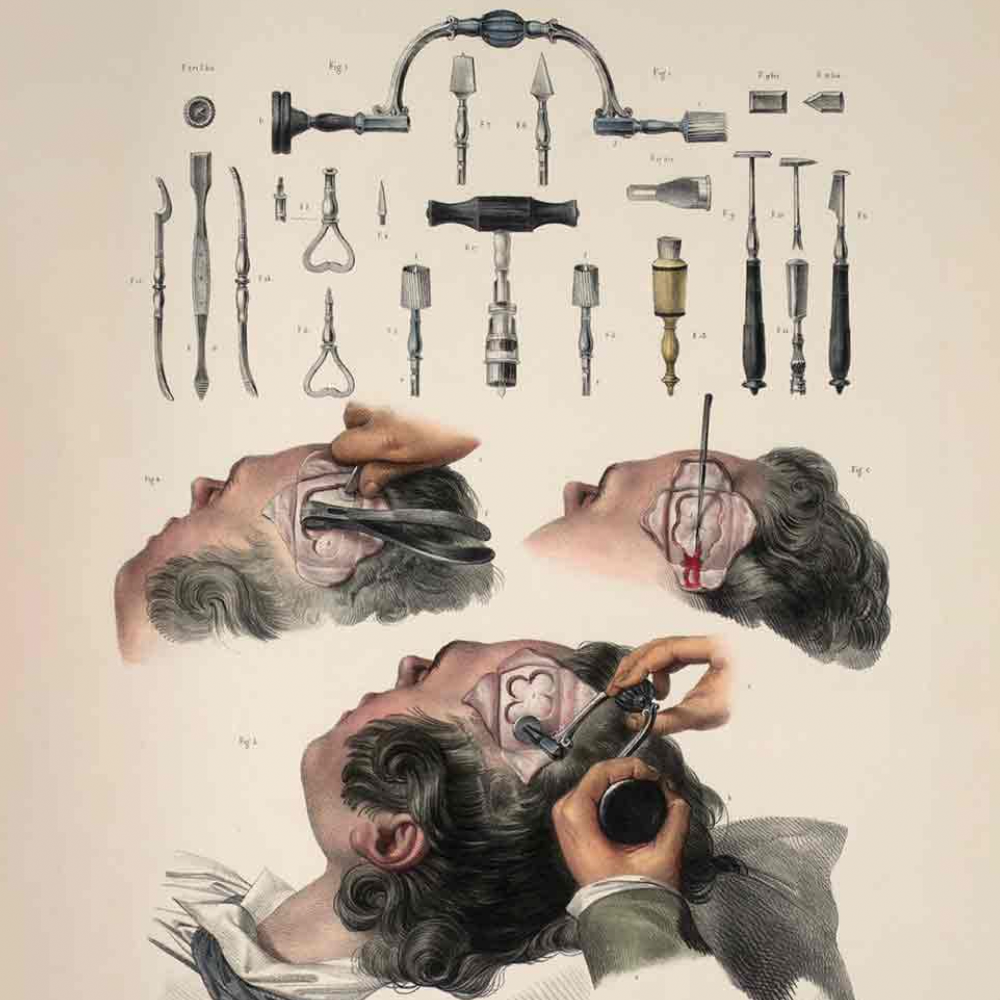What are Radiolaria?
Radiolaria are a water-dwelling single-cell micro-organism. They measure a minuscule 0.1-0.2mm and have beautifully intricate mineral skeletons, usually made of silica. They are a type of zooplankton and float freely around oceans, seas, and freshwater areas, feeding on smaller animals and minerals. When a radiolaria dies, its skeleton becomes part of the fine sediment on the ocean floor, known as siliceous ooze. Radiolaria have been living in the ocean since the Cambrian Period, which began 541 million years ago and ended 485.4 million years ago. We know this because microfossils have been discovered in the siliceous ooze, allowing researchers to study and date their remains.
Cyrtoidea, a type of radiolaria from Art Forms in Nature
What do Radiolaria eat?
Radiolarians get their nutrition from a variety of sources, such as zooplankton, which includes crustacean larvae, and types of phytoplankton such as diatoms, a single-celled algae and tintinnids, an aquatic organism. They can feed as a filter feeder, which means they can strain and absorb food particles from the water around them, or they can prey on their food by extending their soft membrane through through the holes in their skeleton to capture plankton.

Phaeodarea,
a type of radiolaria from Art Forms in Nature
What is 'Art Forms in Nature'?
Art Forms in Nature is a collection of illustrations of animals and sea creatures by Ernst
Haeckel (16 February 1834 – 9 August 1919), a multi-disciplined biologist, professor, naturalist and morphologist. A talented artist, his immensely detailed works influenced and entranced scientific and artistic audiences.
Ernst Haeckel discovered thousands of new species, coined key scientific terms such as ecology and stem cell, and was an ardent follower of Charles Darwin's theory of evolution being driven primarily through natural selection. He held views promoting scientific racism and Social Darwinism that we do not endorse.
Originally published in sets of 10 between 1899 and 1904,
Kunstformen der Natur, known in English as
Art Forms in Nature, consists of 100 masterfully executed prints of microorganisms, animals, insects and more. This body of work has since become widely acclaimed for its beauty and biological accuracy. It was highly influential throughout 20th-century art, design and architecture and has inspired many artists, particularly throughout the Art Nouveau period, including Karl Blossfeldt and Émile Gallé.
The plates within this publication reflect Haeckel's interest in symmetry, levels of organisation and the evolution of biological complexity. The subjects featured were carefully selected by Haeckel to highlight and illustrate this. From the complex geometric patterns and forms of Amphoridea to the ornamental symmetry of jellyfish and microorganisms, the composition of each plate is carefully considered and arranged for maximum visual impact. Featured prominently throughout the set of 100 plates are sea anemones, radiolarians, Aspidonia and a stunning collection of Siphonophorae. It includes various renderings of radiolaria and was admired by Charles Darwin, who said, ''It is one of the most magnificent works which I have ever seen, & I am proud to possess a copy from the author.''
Stephoidea, a type of radiolarian from Art Forms in Nature
Interested in learning more?
Get Art Forms in Nature in paperback or eBook. Each publication comes with a unique download code providing you with instant access to high-resolution files of all 100 plates. Print them out and create beautiful decorative artworks for your home and office, or get creative and make stunning collages and mixed-media artworks. You can even incorporate them into your graphic design projects and take your work to the next level.








